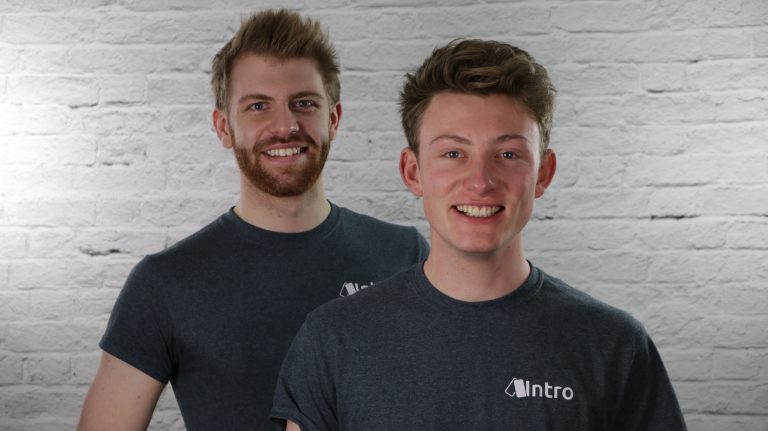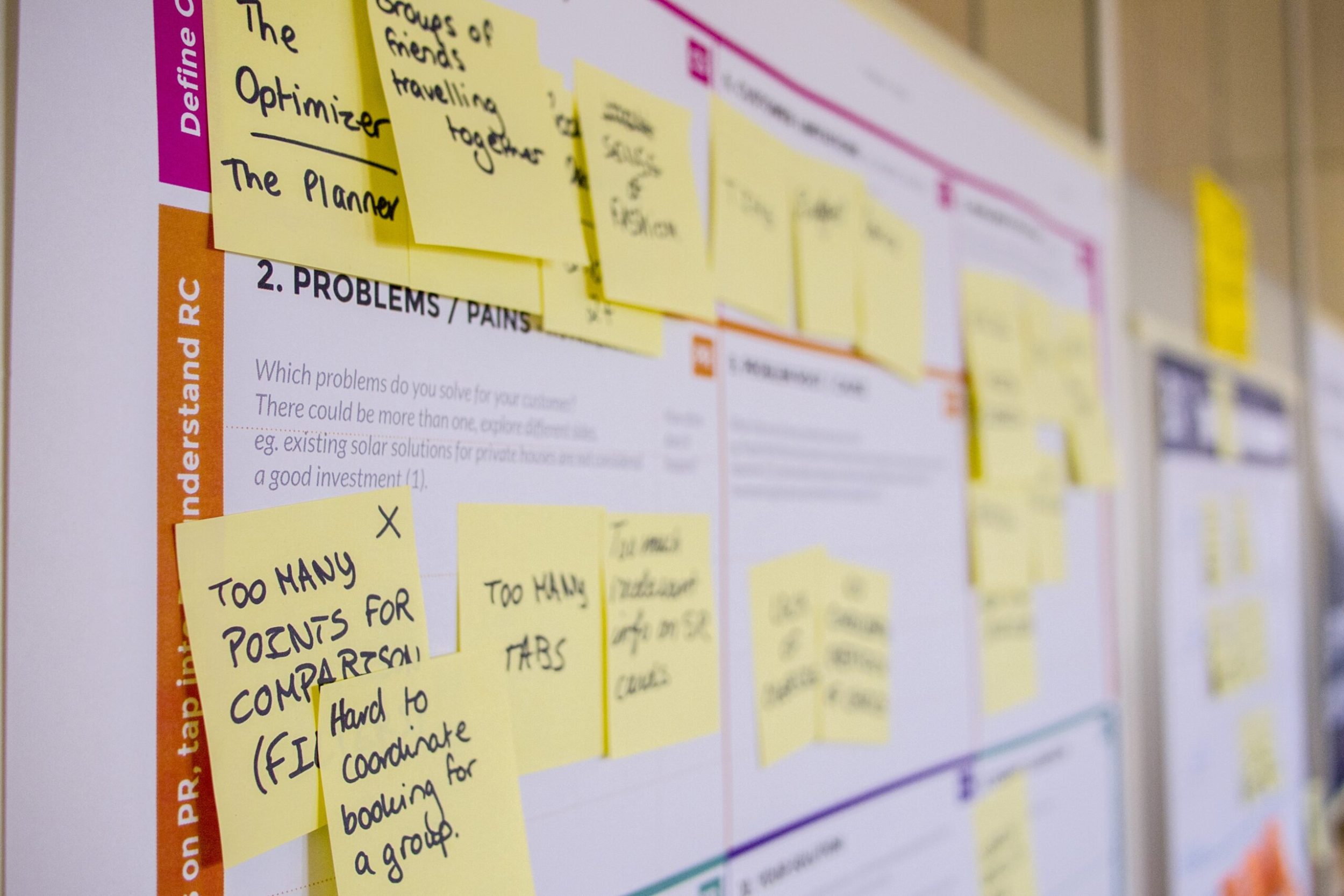Lessons from our resident Vita Student entrepreneurs
The Vita Startup Blog Series is brought to you by Vita Student entrepreneurs Tom Phipps & Max Beech, the co-founders of Intro – a mobile app designed to completely change the way contact details are exchanged. Exchanging your number and socials has never been easier with Intro’s all-in-one solution.

Max and Tom co-founded Intro in 2017 whilst still studying at the University of Southampton and living in Vita Student Portswood, taking it from an idea on paper, to an app which is now used all over the world with it gaining new users every single day. At its heart, it is an app made by students, for students. It’s for this reason that they’ll be providing a crash course in how to start your own business from scratch. The second instalment of the blog covers problem solution and fit. Here it is…
If you haven’t already read our first blog on Ideation, take a quick look at it before reading this one as our next topic for the Startup Blog series follows on with the topic of Problem/Solution Fit.
Once you identify a problem, you need to make sure that whatever idea you come up with provides a suitable solution and is a good “fit”. It’s important to make sure that the solution you come up with actually solves the problem and this dictates whether it is worth building your intended solution in the first place – it’s best to find this out early so you don’t waste time and money creating something which people aren’t interested in! This can all be achieved through testing various hypotheses and any assumptions which have been made when you first came up your idea.

So what’s the best way of doing this?
Simply you are faced with two questions which need exploring further:
- Are potential customers faced with the
Is the solution which you are providing, preferred by the potential customers, particularly when compared with alternatives?
So what’s the best way of doing this?
Simply you are faced with two questions which need exploring further:
- Are potential customers faced with the
Is the solution which you are providing, preferred by the potential customers, particularly when compared with alternatives?

When examining both of these questions, it’s important to make sure that the problem is widespread enough that it is commercially viable to create a solution for it, as well as ensuring that you will also be able to deliver it. If you find that the answer to both questions is “yes”, then you have found Problem-Solution Fit, which means you can start working towards making your idea a reality! In expanding on these questions, the use of the “5 Whys” – repeatedly asking the question “why?” each time you get an answer from the potential customer, five times – can be useful in getting down to the root cause of these answers, particularly if the answer to either of the two questions above turns out to be “no”.
Another one of the most accessible and easy to follow approaches which can be used to help find Problem-Solution Fit, is by using what is known as the Lean Startup methodology. The methodology aims to make testing the viability of a business model as quick as possible and helps to avoid wasting time and resources.
It is easily broken down into three main stages:
- Build
- Measure
- Learn

These three stages can then be used in a repetitive cycle to quickly improve your idea, and reiterate it so that you get a good Problem-Solution Fit which you can then use to start building the actual product/service.
To help with this three stage cycle, it can also be useful to break it down into a few more defined stages:
- Define your idea
What are you offering and what problem is it looking to solve?
- Create a set of hypotheses which you want to test
List as many hypotheses to test as possible, ensuring that they are as specific as possible and address them in order of risk.
- Test the hypotheses
Assess the hypothesis which has the highest risk to begin with. In doing this, you can save vast amounts of time if you find out that your assumptions were wrong; whether that be customers not wanting it, or whether it may not be financially viable.
- Analyse the results
Identify any common trends as this will help indicate whether there is any Problem-Solution Fit.
- Refine your idea and repeat stages 2-4 until you are satisfied that a good Problem-Solution Fit has been found
Issues may be raised when testing the various hypotheses meaning that you have to reform your idea and then go through this process again, testing hypotheses for that improved idea.
- If a good Problem-Solution Fit can’t be found: pivot
Even if it becomes clear that your idea doesn’t solve a problem or the problem isn’t something which potential customers can relate to, don’t give up hope! Use this information to consider other options, including coming up with a brand new idea.
- Start making the idea a reality!
Once you have comprehensively tested your idea and a good Problem-Solution Fit can be found, get started with working on it!
Here’s a useful list of resources to help tackle this stage of starting your own business:
- The Problem-Solution Fit Canvas
https://medium.com/@epicantus/problem-solution-fit-canvas-aa3dd59cb4fe
- Find Better Problems Worth Solving with the Customer Forces Canvas
https://blog.leanstack.com/the-updated-problem-interview-script-and-a-new-canvas-1e43ff267a5d
- The Customer Discovery Handbook
https://www.alexandercowan.com/customer-discovery-handbook/
These are all resources we used when working through the Problem-Solution Fit for Intro so we definitely recommend using them – it saves a lot of time and effort in the long run!
We hope this gives you a crash course in tackling the Problem-Solution Fit problem! In the next blog, we’ll be looking at funding your startup and then – validation but later into your business journey – once you have a minimum viable product (MVP).
As always for more information for Intro or any questions, feel free to visit https://getintro.app or email me at tom@getintro.app.
Tom – Co-Founder of Intro



